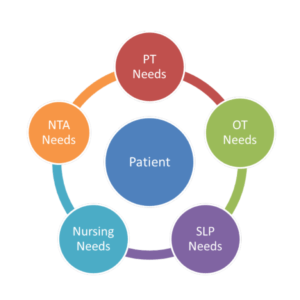Federal agency recommends annual CT scans for older smokers
The U.S. Preventive Services Task Force (USPSTF) has issued recommendations for annual lung low-dose CT scans for people age 55 to 80 who smoke at least 30 packs a year or who have quit smoking within the past 15 years. National trials have shown this particular imaging test to be beneficial in detecting non-small cell lung cancer early on, when surgical treatments have a higher prognosis.
Lung cancer has one of the lowest five-year survival rates among all types of cancer (17 percent) and is the leading cause of cancer-related death in the United States, with the highest risk group being age 55+. Survival rates are much higher (52 percent) when it is diagnosed early, but only 15 percent of lung cancer cases are currently diagnosed at an early enough stage for successful intervention, the report notes.
The USPSTF has ranked the lung cancer screening as Grade B, the second-highest of five grades based on certainty of benefit.
Under the Affordable Care Act, USPSTF-recommended actions graded A or B must be covered by private insurers without a copay or deductible. However, Medicare—which covers the bulk of the age group included in the recommendation—currently does not include lung cancer screening in its covered preventive services guide.
The USPSTF recommendations are a change of heart since its 2004 recommendations, which concluded there wasn’t enough evidence to support annual screenings for lung cancer. The agency emphasizes that the new screening recommendations are not meant to undermine the importance of smoking cessation.

Pamela Tabar was editor-in-chief of I Advance Senior Care from 2013-2018. She has worked as a writer and editor for healthcare business media since 1998, including as News Editor of Healthcare Informatics. She has a master’s degree in journalism from Kent State University and a master’s degree in English from the University of York, England.
Related Articles
Topics: Accountable Care Organizations (ACOs) , Advocacy , Clinical , Medicare/Medicaid , Regulatory Compliance









